Samsung Gear S2 vs LG Watch Urbane: first look

Can the Urbane compete, or is Samsung's newer and meaner Gear S2 the superior product? While we're not rushing into a final verdict just yet, we're nevertheless taking our first look.
Design
While both the Gear S2 and the Watch Urbane have their own design intricacies, perhaps the first thing you're bound to notice were you to put them side by side is the difference in size: the latter is visibly larger, even though its display is only slightly bigger. Samsung has promised to bring to market a larger model at some point in the near future, though, but that one is still not available for us to play with, so we're going to stick with what we already know about the existing model.
In any case, since we've got the more modernistic, sporty-looking Gear S2 at hand, it should be noted that it'll appeal to a different demographic or fit a particular set of occasions and outfits compared with the Urbane and its classic design. Indeed, while the latter wins points in our mind just because it's such a good attempt to bring together geeky and classy, Samsung still deserves applause for the S2. The new smartwatch is definitely stylish, and it actually goes in a different direction when talking user experience, thanks to that rotating bezel and the two distinct buttons on the right hand side. The top one — alike a power button — can be used to navigate back home, while the smaller piece on the bottom works like an Android device's back button. In comparison, the LG Watch Urbane has no rotating bezel, and makes do with a pronounced, digital crown button on the right used mostly to wake and sleep the screen.
Display
In the display department, the Gear S2 has the upper hand – its 1.2” circular Super AMOLED display has a resolution of 360 by 360 pixels, constituting a very decent pixel density of 302ppi. As it's an AMOLED unit, we get perfect blacks and excellent contrast, but the rest of the recently-exhibited traits of Samsung's AMOLED displays also apply here. Hence, we get very good viewing angles and color reproduction that is surprisingly natural.
In the Watch Urbane's camp we are dealing with a round, 1.3” P-OLED screen that has a resolution of 320 by 320 pixels. While it's not as sharp as the one on the Gear S2, the display of the LG Watch Urbane is rather decent. However, putting the two side by side reveals that the Watch Urbane has a noticeably warmer color temperature.
In the Watch Urbane's camp we are dealing with a round, 1.3” P-OLED screen that has a resolution of 320 by 320 pixels. While it's not as sharp as the one on the Gear S2, the display of the LG Watch Urbane is rather decent. However, putting the two side by side reveals that the Watch Urbane has a noticeably warmer color temperature.
Interface
While the LG Watch Urbane runs on Android Wear, Samsung continues to develop its own Tizen operating system for its wearables. The Gear S2 runs a visually unique, fully fitted UI, which runs smooth and synergizes with the rotating bezel perfectly.
In terms of apps, the Wear platform is probably the one which will be favored by developers for quite some time. The Gear S2 will still, however, will have more than 1,000 apps available for it at launch, according to Samsung. Additionally, for out-of-the-box experience, especially when synced to a Samsung handset, we find the Gear S2 to be the more software-rich product, while Wear is still in a bit of a skeleton stage.
Now, at the time of writing this, an Android Wear sync app has already become available in the iOS App Store. The Gear S2 was hinted to be available for platforms other than Android, but there's nothing concrete yet. So, right now, the Urbane is a clear winner for iPhone users.
In terms of apps, the Wear platform is probably the one which will be favored by developers for quite some time. The Gear S2 will still, however, will have more than 1,000 apps available for it at launch, according to Samsung. Additionally, for out-of-the-box experience, especially when synced to a Samsung handset, we find the Gear S2 to be the more software-rich product, while Wear is still in a bit of a skeleton stage.
Now, at the time of writing this, an Android Wear sync app has already become available in the iOS App Store. The Gear S2 was hinted to be available for platforms other than Android, but there's nothing concrete yet. So, right now, the Urbane is a clear winner for iPhone users.
Processor and memory
Under the hood, it’s powered by a dual-core 1GHz Exynos 3250 processor with 512MB of RAM. Its performance is actually better than some Android Wear smartwatches too, which goes to show the kind of optimizations brought on by the processor or software. Internally, the 4GB of internal storage suffices for many folks, as it’s the usual capacity we’re commonly seeing nowadays in high-end smartwatches.
LG is using the same processor and memory chip that it used with the Watch R for the Watch Urbane. We're talking a 1.2GHz Qualcomm Snapdragon 400 chipset with 512MB of RAM available. Like before, the configuration is capable of pushing the software at very agreeable speeds, save for the aforementioned, occasional slowdowns. If anything, we'd argue that the Urbane even feels somewhat more responsive than the Watch R, despite the identical hardware. As for storage, there are 4 gigs available. In our experience over the past year, that has been more than sufficient.
Expectations
Two beautiful smartwatches, for sure. We do like the design of the Samsung Galaxy Gear S2 a bit better, however, due to its size, people with larger wrists may want to go with the Urbane. The Gear S2 also has some variety under its belt, as it offers a more sporty look with the “normal” model, and a classy appearance with the “Classic” variation. With the LG Watch Urbane, your main choice is “classy”, while limited editions of the watch launch it into “boutique” territory.
In terms of software, we really can't say that one is better or more promising than the other. The Gear S2's UI certainly looks more appealing and much less boring out-of-the-box, though. It's up to Samsung to find the proper way to encourage developers to build some nifty apps for Tizen, however.
We guess that a final verdict would be easier to make once Samsung announces the prices of the Gear S2 and Gear S2 Classic. For now, we'd say both watches are pretty good, though, we are leaning slightly more towards Samsung's new offering.
In terms of software, we really can't say that one is better or more promising than the other. The Gear S2's UI certainly looks more appealing and much less boring out-of-the-box, though. It's up to Samsung to find the proper way to encourage developers to build some nifty apps for Tizen, however.
We guess that a final verdict would be easier to make once Samsung announces the prices of the Gear S2 and Gear S2 Classic. For now, we'd say both watches are pretty good, though, we are leaning slightly more towards Samsung's new offering.



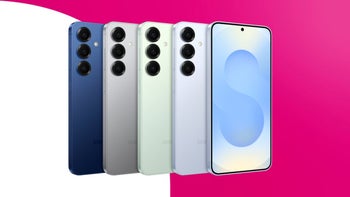
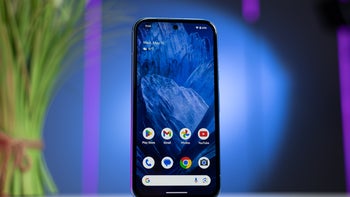



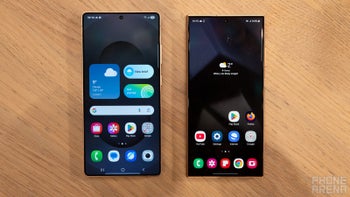
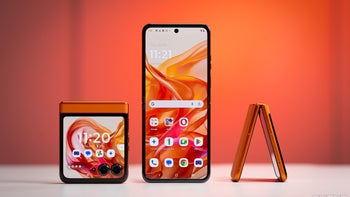


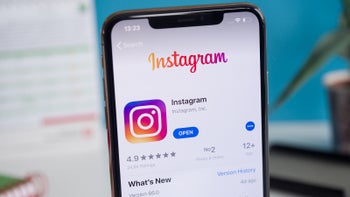
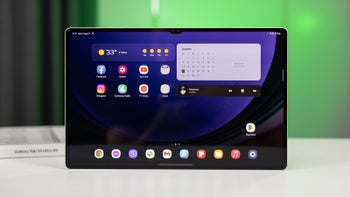

Things that are NOT allowed: